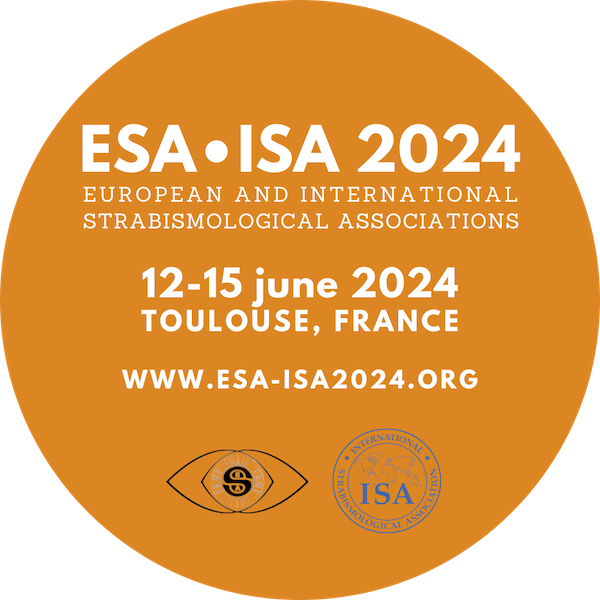
Session: John Lee (Rapid Fire) Poster Session
Objective measurement of fusion control in intermittent exotropia
Purpose: To develop an objective method for quantifying fusion control in patients with intermittent exotropia (IXT) using an eye-tracking device.
Methods: Fifty subjects fixated to visual targets on an LCD monitor at a distance of 45 cm, consisting of dots moving horizontally and vertically, and randomly appearing dots at fixed positions. The control group consisted of participants with less than 5 prism diopters (PD), and the IXT group consisted of IXT patients with 10 PD or more, excluding divergence excess types. Fixation disparity (FD) was measured with an eye-tracking device and the FD score was compared with the Newcastle control score (NCS) and the Mayo Clinic office-based scale (MCS). Subjects repeated the test twice, and test-retest reliability was determined.
Results: Fixation disparity scores of the IXT group during horizontal pursuit, vertical pursuit and random dot fixation showed positive correlations with the NCS (r=0.549, 0.583, 0.481, respectively) and MCS (r=0.551, 0.570, 0.505, respectively). The test-retest reliability of FD scores of the IXT group using an eye-tracking device was fair to good for each task (ICC =0.633, 0.656, 0.697, respectively).
Conclusion: The eye-tracking device developed for objective measurement of fusion control has the potential to be used as a new tool to assess the control of IXT.